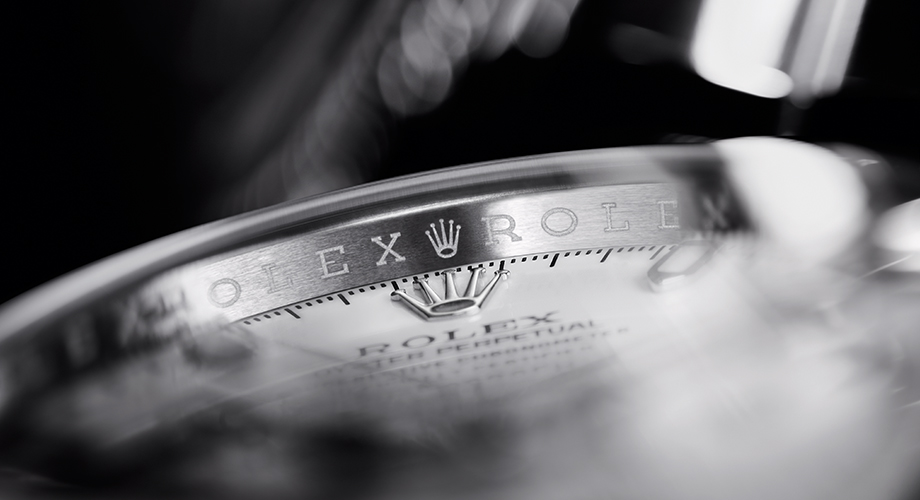Anyone looking for crowd-pleasing retro designs is better off knocking on Tudor’s door! However, Rolex has started to answer the supplications of the faithful—somewhat. For example, there has long been a demand for a back-to-basics Explorer that hearkens to the classic 1016. This year’s refresh (covered in a previous issue of Calibre) addresses much of that request, though it is arguably larger and prettier than what a purist would like. Similarly, there has been a clamor for the return of a blue/red bezel for the GMT-Master II ever since the model gained a ceramic bezel insert a decade ago. After years of claiming that it could not fabricate a ceramic loop in those colors, Rolex unveiled a new “Pepsi GMT” in 2014 to great excitement—until it was learned that it would be in white gold and priced accordingly i.e. out of reach to most collectors. Or consider how Submariner fanatics had begged for a return of red text to their dials, only to see that color land on the Yacht-Master. You can see the pattern here: Rolex gives with one hand, takes with the other.
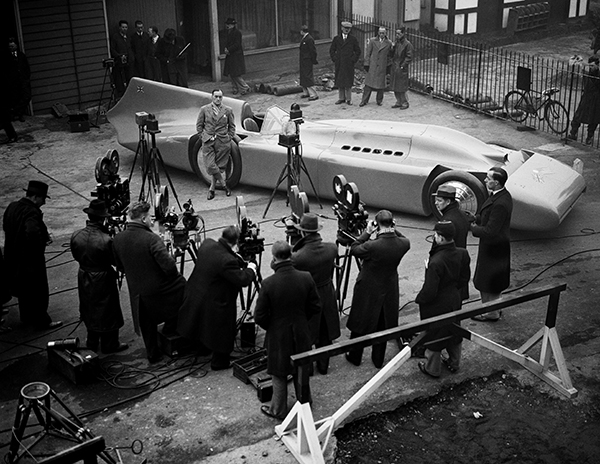
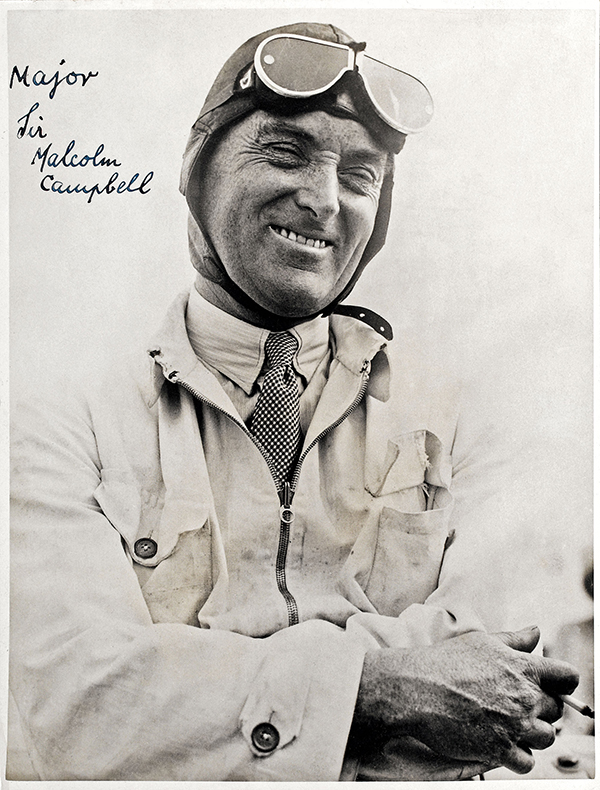
Sitting on top of most wish lists was a Daytona that would nod towards past models. Never a bestseller in its decades-long production run, the manual-wind Daytona became a must-have item for discerning collectors about 10 to 15 years ago. Vintage Rolex fans appreciated its clean, balanced looks, but they also wanted the practical benefits of an automatic movement and the more fashionably-sized 40mm case. In other words, they wanted a retro Daytona. A proper homage to the Paul Newman exotics was considered to be an extremely long shot, given Rolex’s conservative sensibilities, but a return of the basic “Panda” dial seemed like a reasonable prospect. It would certainly be a straightforward procedure, as the ingredients were already in place, starting with the black Cerachrom bezel that first appeared on 2011’s Everose Daytona. As for the dial, it surely wouldn’t be difficult for Rolex to fill in the three subdials in black. In fact, several aftermarket houses like Bamford and Project X created tributes to the Paul Newman Daytonas, but all were predictably disavowed by Rolex. Additionally, the broader Rolex fanbase simply could not swallow paying top dollar for a modified Daytona that would void the factory warranty.

Given the apparent ease with which this dream Cosmograph could be brought to market, perhaps the most egregious disappointment in recent Rolex history was the 50th Anniversary Daytona of 2013. Before its unveiling, press and collectors alike thought it would be a dead certainty that the Panda would be back. Instead, we saw a Daytona with a curious ice-blue and brown color scheme—handsome, but no one could explain its connection to the half-century celebration. Some suggested an echo of Paul Newman’s blue eyes and chestnut hair, but this seemed like apologism to rival the wildest fan theories on the Internet. The 50th Anniversary was ultimately a good-looking, fancier variant of the Daytona, though ill-served by the crushing weight of unmet expectations. But Rolex, famously aloof and indifferent, can also be merciful, and prayers were answered three years later. Not in full, of course, but you probably expected that.
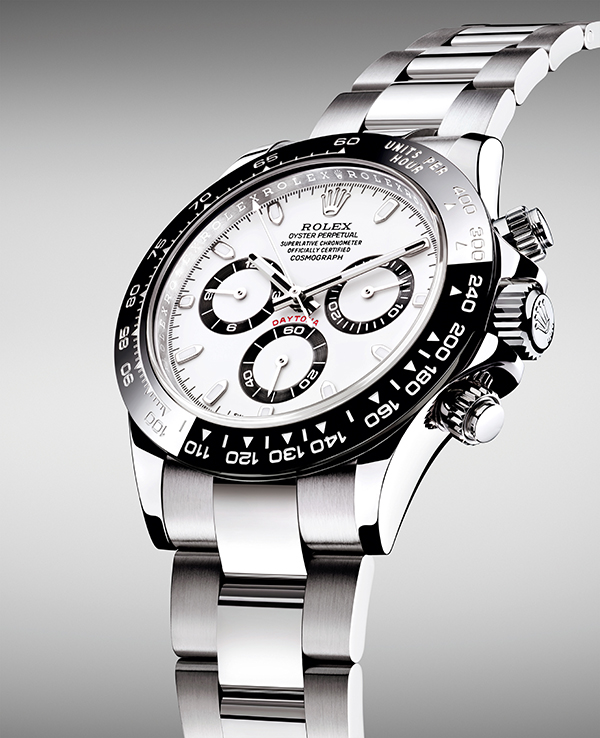
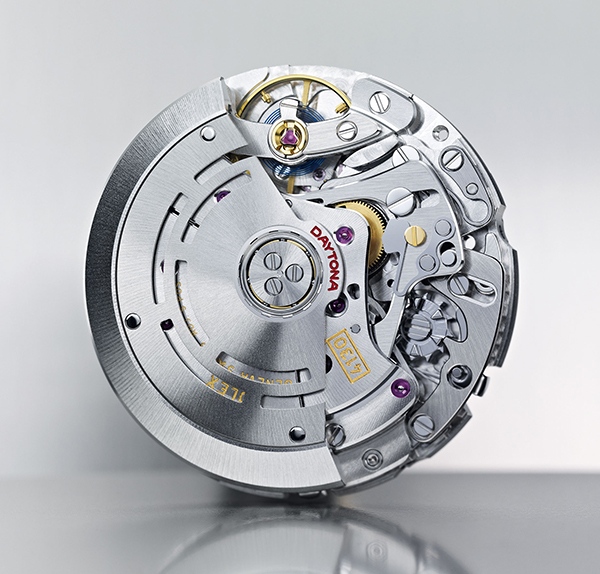
This year’s Baselworld saw the release of the Cosmograph Daytona ref. 116500LN aka “The One with the Black Bezel”. (Incidentally, “Black Bezel” in French is “Lunette Noire”; hence, the LN suffix.) The story of this new Daytona boils down to four black circles, the most important of which is the big one i.e. the one-piece Cerachrom bezel. Replacing the stainless-steel part on the previous model, the new bezel continues to perform the vital task of holding the sapphire crystal in place, and serve as the backdrop for the tachymetric scale. The tachymeter is in the modern Rolex style, with bold numerals highlighted with triangles, pips, and a semi-circular track from 60 to 100 units per hour. These markings are moulded into the material before being kiln-fired at 1500°C. The high-contrast readability is then achieved with a thin layer of platinum applied in a PVD process. The end result is the most legible Daytona bezel ever produced, far exceeding the polished steel and glossy black acrylic of previous units. As added benefits, the hard Cerachrom is said to be “virtually scratchproof” and entirely resistant to patination. Most importantly, the black bezel looks beautiful and finely echoes the sporting character of the old 6263, the last of the manual-wind Daytonas. The downside of the black bezel is that it reduces the Daytona’s flexibility as an accessory—specifically, the ability to use it as a formal dress watch. However, these are considerations that will trouble the lucky owner far more than fellow partygoers, who will undoubtedly be impressed regardless of the bezel’s lack of shine. Meanwhile, the three subdials have also been transformed from silver to black hoops. It’s not “The Full Panda”, but this has not diminished the immediate and overwhelming enthusiasm over the new Daytona.
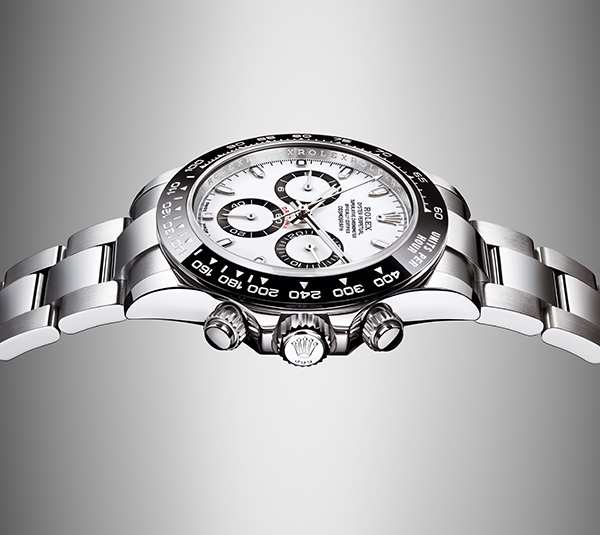
“The 50th Anniversary was ultimately a good-looking, fancier variant of the Daytona, though ill-served by the crushing weight of unmet expectations.”
There are some aspects of the 116500LN that could have been improved. Both white and black dials are available, and it should be noted that the black dial still retains the silver-ringed counters of the old model. It is possible that fully white circles against a black background were too stark a contrast for the eyes. There is also an unanswered call for a reduction of the 5-line cloud of text beneath the coronet. Again, this would demand a total and unrealistic rejection by Rolex of its design sensibilities. Rolex loves a high word count! The red Daytona script above the running-seconds counter also retains its modest size. A broader, bolder font worked on the older models only because the subdials were spaced further apart on the Valjoux-sourced movements. Elsewhere, the face of the new Daytona is entirely unchanged, from the hands to the shape of the applied-metal markers.
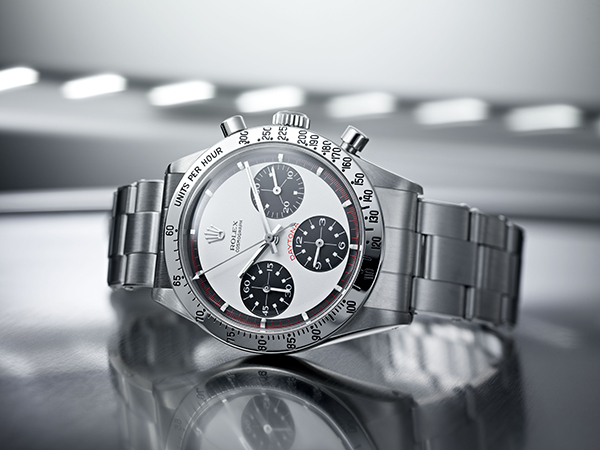
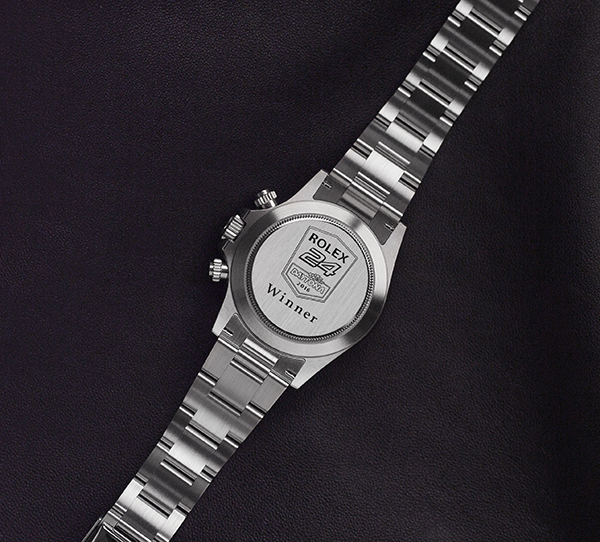
Underneath, the Daytona is still motivated by the same caliber that was introduced in 2000. Cal. 4130 was Rolex’s first in-house chronograph movement since the Zerograph of the late 1930s, and the star feature of the ref. 116520 Daytona. In contrast to the previous, Zenith-based movement, the 4130 was an automatic chronograph calibre that was more efficient, easier to service, remarkably hardy, and of equal or greater accuracy. It is still a certified chronometer under COSC standards, despite being mechanically simpler, with fewer parts and more interchangeability between them. The spotlighted feature is a vertical clutch that allows for smoother engagement of the chronograph functions and reduced wear of associated gears. The 4130 also features a generous 72-hour power reserve, hacking seconds, and greater stability thanks to a full-bridge-mounted balance wheel, which replaced the previous Cal. 4030’s balance cock. This movement also heralded the debut of Parachrom, Rolex’s distinctly blue and paramagnetic alloy hairspring. There will continue to be those diehards who prefer the legendary Zenith El Primero in their Daytonas. Maybe they just can’t stand the sight of the running-seconds counter at 6 o’clock, instead of at 9. However, after 15 years of proving its accuracy and reliability, there is no question that Cal. 4130 is up to the task of powering the Daytonas of today and tomorrow.
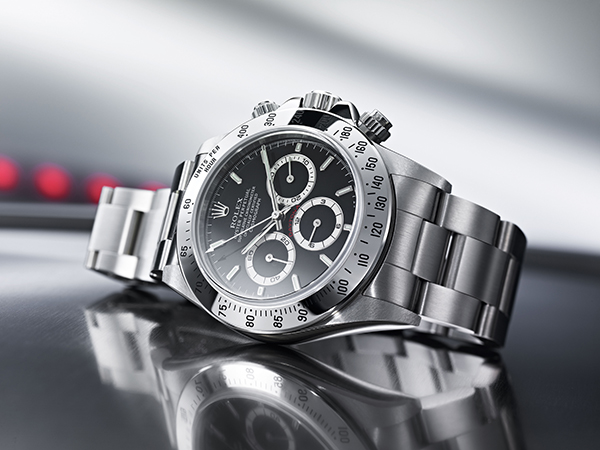
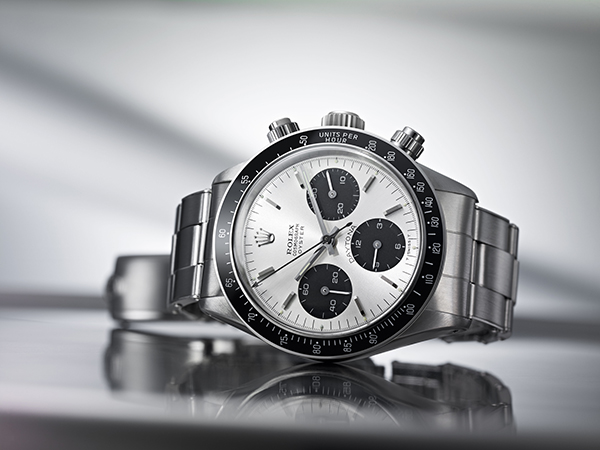
“The sole remaining issue is that of rarity. In all likelihood, unless you were quick to preorder your own new Daytona, you’re not going to be getting one anytime soon.”
In fact, other than the addition of the aforementioned new circles, it is remarkable just how little the 2016 Daytona has changed from last year’s model. The shape and size of the 904L stainless steel case are the same, despite some wishing for an upsize to a more contemporary 42mm. The water-resistance rating stays at a more than adequate 100m. It’s becoming increasingly rare to find even a Submariner that has been wet—let alone a Daytona. The distinctive screw-down pushers stay the same and, together with the robust Triplock crown, ensure the internals stay dry against the elements. The Oyster bracelet will feel familiar to the wrists of anyone who has worn a Rolex with solid links before. The Easylink clasp, while not as finely-adjustable as a Glidelock, allows for a quick and easy 5mm extension. Temperature, humidity, and even stress will change the diameter of your wrist during the day. Just ask Dr. Bruce Banner.
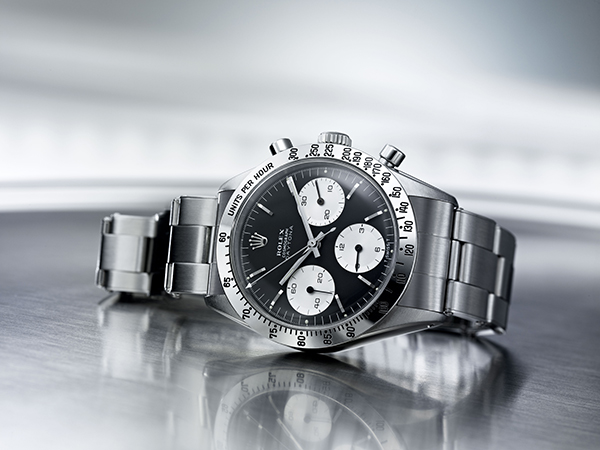
The sole remaining issue is that of rarity. In all likelihood, unless you were quick to preorder your own new Daytona, you’re not going to be getting one anytime soon. Pent-up demand is such that waiting lists at Authorized Dealers can be measured in years. But if you are able to beg, cajole, and negotiate one onto your wrist, rest assured that you will have obtained a proper Grail for Rolex fans the world over: the stainless-steel Daytona. Although really not that rare, they are some of the most rock-solid preservers of value among all watches. Now the addition of the black ceramic bezel adds an extra frisson of retro-cool and –for the moment, at least – rarefied exclusivity. It may seem like a whole lot of excitement for what are essentially minor aesthetic changes, but those black circles are exactly why Rolex remains in the Winner’s Circle.


